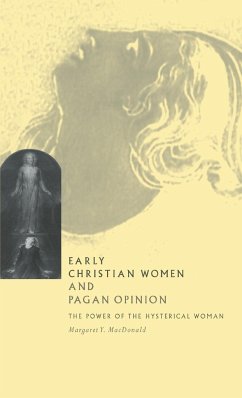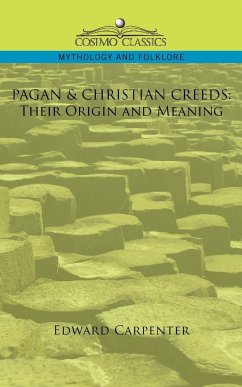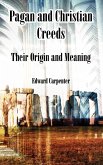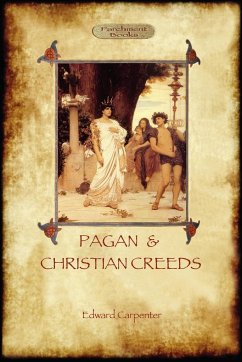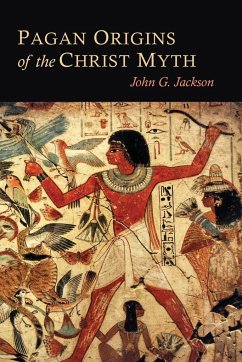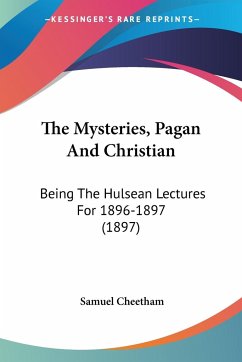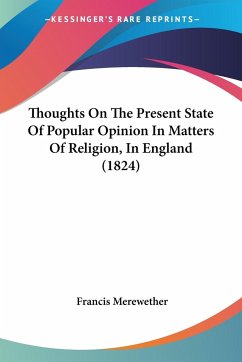This is a study of how women figured in public reaction to the church from New Testament times to Christianity's encounter with the pagan critics of the second century CE. The reference to a hysterical woman was made by the most prolific critic of Christianity, Celsus. He was referring to a follower of Jesus - probably Mary Magdalene - who was at the centre of efforts to create and promote belief in the resurrection. MacDonald draws attention to the conviction, emerging from the works of several pagan authors, that female initiative was central to Christianity's development; she sets out to explore the relationship between this and the common Greco-Roman belief that women were inclined towards excesses in religion. The findings of cultural anthropologists of Mediterranean societies are examined in an effort to probe the societal values that shaped public opinion and early church teaching. Concerns expressed in New Testament and early Christian texts about the respectability of women, and even generally about their behaviour, are seen in a new light when one appreciates that outsiders focused on early church women and understood their activities as a reflection of the group as a whole.
Table of contents:
Introduction: 1. Defining the task; 2. Women's studies in early Christianity and cultural anthropology; 3. Honour and shame; 4. Public, male/ private, female; 5. A social-scientific concept of power; Part I. Pagan Reaction to Early Christian Women in the Second Century CE: 1. Pliny; 2. Marcus Cornelius Fronto; 3. Lucius Apuleius; 4. Lucian of Samosata; 5. Galen of Pergamum; 6. Celsus; 7. Conclusion; Part II. Celibacy, Women, and Early Church Responses to Public Opinion: 1. Paul's teaching on marriage as a 'conversionist' response to the world; 2. Paul's focus on women holy in body and spirit in 1 Corinthians 7; 3. A focus on women in light of the values of honor and shame; 4. 1 Timothy 5.3-16 - second-century celibate women under public scrutiny; 5. When the private becomes public - contacts between 1 Timothy 5.3-16 and the Acts of Paul and Thecla; Part III. Marriage, Women, and Early Church Responses to Public Opinion: 1. 1 Corinthians 7.12-16 - the evangelising potential of household relations; 2. 1 Peter 3.1-16 - recovering the lives of the quiet evangelists; 3. Justin's woman married to an unchaste husband - religious sensiblities and life with a pagan husband; 4. Married life and the social reality of women in the communities of Ignatius of Antioch; 5. From Ephesians 5.21-33 to Ignatius, Letter to Polycarp 5.1-2 - the evolution of authority structures governing the lives of married women; 6. The church-bride and married women as mediators between the church and the world; 7. Conclusion; General conclusion.
A study of how women figured in public reaction to the church from New Testament times to the second century CE. Concern in the New Testament about the respectability of women is seen in a new light, that outsiders focused on early church women and their activities as a reflection of the group as a whole.
Public reaction to the church, and its influence on the lives of early Christian women.
Hinweis: Dieser Artikel kann nur an eine deutsche Lieferadresse ausgeliefert werden.
Table of contents:
Introduction: 1. Defining the task; 2. Women's studies in early Christianity and cultural anthropology; 3. Honour and shame; 4. Public, male/ private, female; 5. A social-scientific concept of power; Part I. Pagan Reaction to Early Christian Women in the Second Century CE: 1. Pliny; 2. Marcus Cornelius Fronto; 3. Lucius Apuleius; 4. Lucian of Samosata; 5. Galen of Pergamum; 6. Celsus; 7. Conclusion; Part II. Celibacy, Women, and Early Church Responses to Public Opinion: 1. Paul's teaching on marriage as a 'conversionist' response to the world; 2. Paul's focus on women holy in body and spirit in 1 Corinthians 7; 3. A focus on women in light of the values of honor and shame; 4. 1 Timothy 5.3-16 - second-century celibate women under public scrutiny; 5. When the private becomes public - contacts between 1 Timothy 5.3-16 and the Acts of Paul and Thecla; Part III. Marriage, Women, and Early Church Responses to Public Opinion: 1. 1 Corinthians 7.12-16 - the evangelising potential of household relations; 2. 1 Peter 3.1-16 - recovering the lives of the quiet evangelists; 3. Justin's woman married to an unchaste husband - religious sensiblities and life with a pagan husband; 4. Married life and the social reality of women in the communities of Ignatius of Antioch; 5. From Ephesians 5.21-33 to Ignatius, Letter to Polycarp 5.1-2 - the evolution of authority structures governing the lives of married women; 6. The church-bride and married women as mediators between the church and the world; 7. Conclusion; General conclusion.
A study of how women figured in public reaction to the church from New Testament times to the second century CE. Concern in the New Testament about the respectability of women is seen in a new light, that outsiders focused on early church women and their activities as a reflection of the group as a whole.
Public reaction to the church, and its influence on the lives of early Christian women.
Hinweis: Dieser Artikel kann nur an eine deutsche Lieferadresse ausgeliefert werden.

